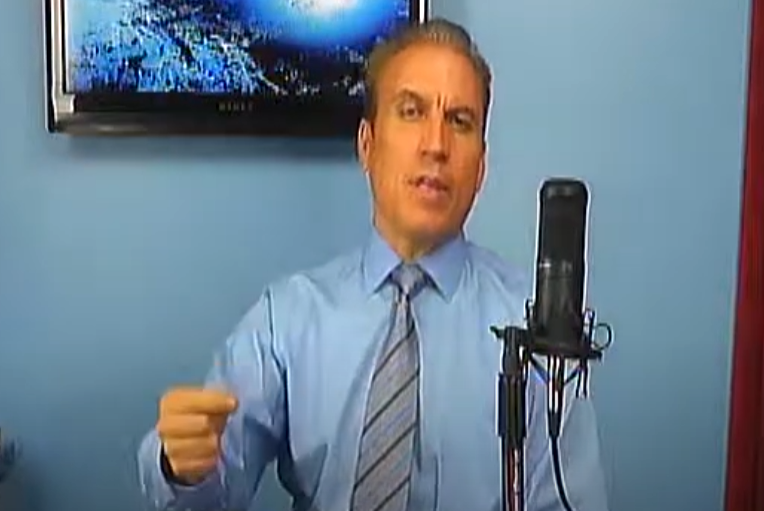Video Transcript:
So what is a statutory lien and how does it attach to property? In some cases, a lien on a piece of property will be done by recording. A piece of paper that has a lien from one person to another. It's stamped. It's recorded at the county. And it becomes part of that documented record. There are other types of liens and encumbrances that do not require a separate paper recording. There are statutes that will put a lien on a property based on no recording at all. A good example is a mechanics lien. If a legitimate contractor does work on a property and is not paid, there may be a lien on that property even without a paper recording. Another example is an attorney's lien. If you hire an attorney to do work for you and you don't pay the legal bill, they can do one of two things or both. They can hold up your file so they don't transfer it to another attorney. They can even put a lien on any documents they've created because that's work product from that attorney. In a most harsh case, they can have a lien against any property that you own in the county where the work was done. That may also not show up on a traditional recording. So that's where you have to look very deeply at other records, civil court records, probate records, to see if a lien has attached by statute. If you have questions about liens not showing up in typical recordings, you can reach us at our website at title search dot com.
